Review| Cinderella: Hope and Forgiveness
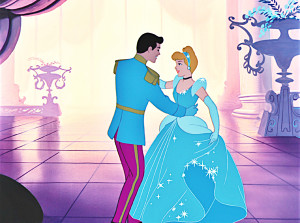 I’m very fond of the original Disney animated Cinderella for several reasons. The artwork and animation are impeccable. Walt and his team of animators were a the top of their game. One of my favorite animated sequences of all time, in fact, is the transformation of Cinderella’s dress; the timing and draftsmanship cannot be matched.
I’m very fond of the original Disney animated Cinderella for several reasons. The artwork and animation are impeccable. Walt and his team of animators were a the top of their game. One of my favorite animated sequences of all time, in fact, is the transformation of Cinderella’s dress; the timing and draftsmanship cannot be matched.
Historically speaking, Walt Disney’s Cinderella was extremely significant. It was the film that virtually saved the studio after the World War II years had left Walt on the verge of financial collapse. Without Cinderella, there would be no Disney today.
Disney’s new Cinderella is exactly what a remake should be: reverential to the original (in this case, the 1950 Disney animated version), yet willing to make changes that will enhance the story. This is a wonderful movie and a virtual feast for the eyes.
This new Cinderella lovingly adds new theological layers to its themes. While the Cinderella story itself has always been about hope and faith in times of strife, this film also touched on forgiveness, which makes it stand out in a sea of films promoting revenge. And there is a big question of why. Why does this story still retain its charm and appeal hundreds of years after it was first published?
(Spoilers ahead)
The Good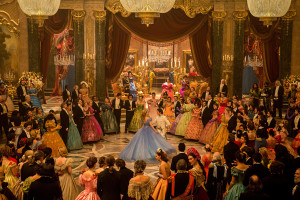
Kenneth Branagh was a perfect choice for director. His sense and style is decidedly Shakespearean, which lends itself nicely to a fairy tale story. The actors take to this style very well, particularly Cate Blanchett and Lily James. More on Blanchett’s amazing performance later.
James exudes the innocence and wonder that a role like Cinderella requires. She also captured the frustration and sadness very well. The scene when Ella practically breaks down from the ridicule and abuse she endures is moving and heartbreaking.
The production design is amazing. Every shot was detailed and gorgeous. That doesn’t just go for the more opulent settings like the palace; even Ella’s chateau has a certain believable, lived-in charm. I appreciated that the design aesthetic, while definitely European in origin (heavily French), was a beautiful mish-mash of period styles, making this a truly timeless setting.
The writer, Chris Weitz, is to be commended for striking the delicate balance between fairy tale, but making it realistic enough for it to be taken seriously by adults. He even brought back plot points and character traits from Charles Perrault’s tale, like the origin of Cinderella’s name.
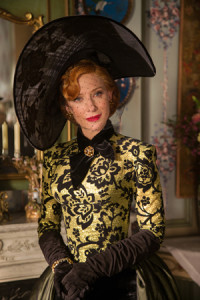 Cinderella takes the animated version and develops it, giving it more layers and gives characters more complex motivations.
Cinderella takes the animated version and develops it, giving it more layers and gives characters more complex motivations.
Though the animated Lady Tremaine is definitely a villain, and an amazing one at that, Cate Blanchett’s take adds more to this cold, cruel woman. Lady Tremaine has a reason for being the way she is: the death of her first husband left her grieving longer than it should have, and she desires security. However, her need for security has trumped everything else, including love. When she marries Ella’s father, she resents the relationship Ella has with him, which manifests into bitterness, jealousy and hate. Blanchett’s monologue at the end of the film summed up the character so well, and she sold every last word with a air of defiance.
The Not-So-Good
Helena Bonham Carter’s Fairy Godmother almost took me out of the movie. Her quirkiness was a turn-off and did not fit with the feel of the film. This grand, epic story from some distant past contains a strange, ironic, and decidedly “modern” Fairy Godmother? Please.
What made the animated Fairy Godmother (voiced by the charming Verna Felton) so endearing was her matronly sensibility. She wasn’t forgetful because she was weird or an airhead. She was cute, like your grandmother forgetting where she left her glasses. That Fairy Godmother knew what she was doing without coming across as a complete spaz.
The subplot with the King and Prince Charming, while wonderful in some ways, was a little rushed. It was hard for me to swallow that the King died literally the day after the ball. We knew he was dying, but couldn’t there have been a longer lapse in time? Even a week would have been better. The King could have seen how lovesick the mystery woman made his son, and came to the conclusion that this was indeed true love. The relationship just needed more time.
Where the film did a slight misstep was when it incorporated some elements from the animated film that were not necessary, and glaringly so. Hearing the Fairy Godmother speak (not sing) “bibbidi-bobbidi-boo” to activate her magic was eye-wincingly bad. It didn’t have the same effect as the song version. Upon listening to the film’s soundtrack after seeing it, it appears that the filmmakers may have wanted singing; a notion I’m glad they decided not to pursue. Those songs, while some of my favorites in Disney Animation, would not have matched this film’s real, old-world design and sensibility.
Themes and Thoughts
When I first heard/read that Disney was making a new Cinderella, my first question right out the gate was “why?” Besides the obvious answers like merchandise sales or keeping intellectual properties from lapsing into the public domain, there was nothing particularly wrong with the original, not enough to remake it. The story is very simple. How can they add to it? Or worse, would they take something away?
As you can tell from the review above, my initial fears were all but eliminated. But I was still hung up on the “why” question, as in “why is Cinderella so appealing?”
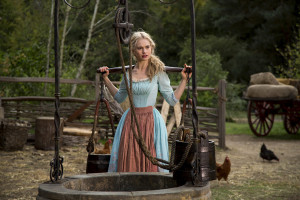 “No matter how your heart is grieving, if you keep on believing, the dream that you wish will come true.” Cinderella
“No matter how your heart is grieving, if you keep on believing, the dream that you wish will come true.” Cinderella
Cinderella is a story of hope and faith, perhaps one of the most simple, in a good way. Cinderella is living in very abusive circumstances with people who claim to be family. She hopes, at least in the animated version, that someday, her dreams will come true and life will be better. It is also a story of divine intervention, with a Fairy Godmother being the catalyst for a miracle.
People, whether they know it or not, gravitate toward these types of stories. In an excellent article in Relevant Magazine talking about the power of fairy tales in relation to this new Cinderella, Kristen O’Neal hits the nail on the head: “At the heart of any good story, with or without magic, are things we feel to be true.” We were created to believe in goodness and hope because we are made in the image of a God, who is loving and good.
Where this Cinderella succeeds the most is adding more nuance to the notion of hope and faith. After all, God is not in the business of making all of our dreams come true. Happiness is a feeling that is fleeting. He is interested in our good, which is a completely different thing.
“Be kind and compassionate to one another, forgiving each other, just as in Christ, God forgave you.” Ephesians 4:32
After the Prince has found her and the glass slipper fits, we expect Cinderella to seek revenge upon her stepmother and stepsisters for their cruelty and malice. In some ways, the audience wants these villains to “get theirs.” However, Cinderella does the unexpected: she forgives them.
To see Cinderella forgive her stepmother for all that she had done to her at the end of the film was truly wonderful. It was an unexpected gesture, one that was deeply profound. Lady Tremaine’s reaction to this revelation was very telling: she practically collapsed from regret and remorse for all she had done to Cinderella.
The scene reminded me of a verse from Scripture almost immediately. In Romans, the apostle Paul tells the early church:
“Do not repay evil for evil. Be careful to do what is right in the eyes of everyone. If it is possible, as far as it depends on you, live in peace with everyone…’If your enemy is hungry, feed him. If he is thirsty, give him something to drink. In doing this, you will heap burning coals on his head.'” Romans 12:17 & 20
What Paul was speaking of, quoting Proverbs, was that we are commanded to be kind to everyone, especially our enemies, and that kindness is the ultimate weapon against evil. The kindness and grace we parcel out as Christians is a reflection of the kindness and grace God has portioned for all people. It causes enemies to turn into friends, putting a burden of guilt and remorse on those who caused injury.
We are commanded to also forgive others. There is no other way around it. Through the sacrifice of His Son, we were forgiven for every sin we have committed, or will commit. So it would be un-Christlike of us to not forgive other people.
Conclusion
Cinderella was everything it should be and more. It was beautiful and touching, with more fleshed out characters and motivations. This film is a worthy successor to the animated version.
In the trailer for this film, Ella’s mother tells her daughter, “Where there is love, there is goodness; and where there is goodness, there is magic.” This is a very true statement, not about magic, but about God Himself. For as Scripture states, “God is love” (1 John 4:8). God is everything good about this world, and everywhere there is life and goodness, God is there.
Therefore, it is important that we, as Christians, be kind and forgive, even to those who do us wrong. For in our kindness and grace, we reflect the goodness and grace of the King.


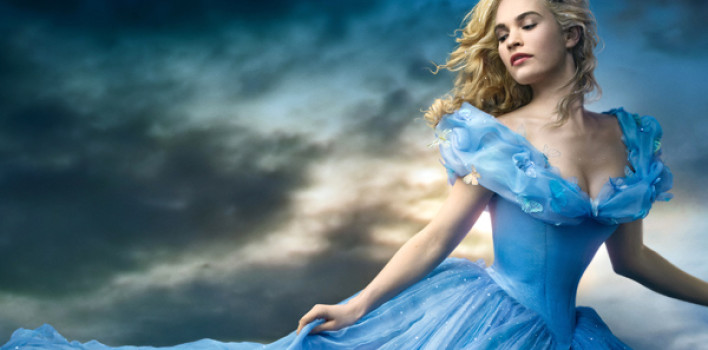
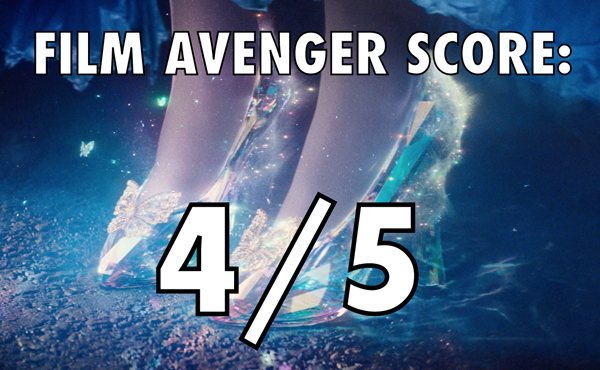
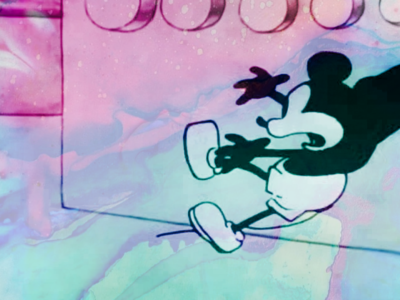

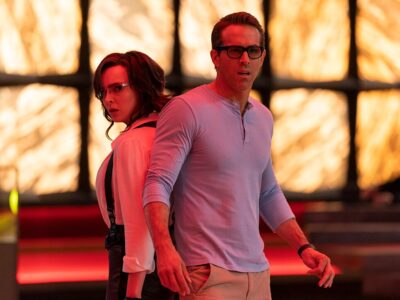


Pingback: CINDERELLA – Hope and Forgiveness | The Film Avenger
Pingback: #057 – Cinderella and Overcoming With Kindness | Reel World Theology